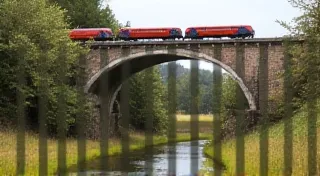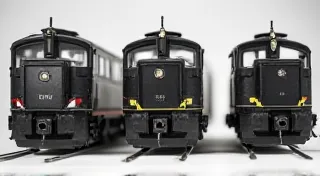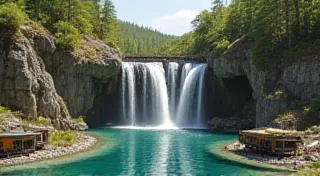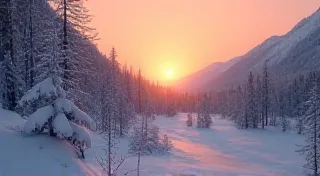Realistic Scenery: Creating a Believable Landscape for Your Model Railroad
Bringing your miniature railroad layout to life isn’t just about the trains themselves. It’s about the world they inhabit – the landscape, the scenery, the details that transport you and your viewers to another place. Realistic scenery elevates your model train hobby from a collection of locomotives to a truly immersive experience. This guide will explore techniques for creating believable landscapes, focusing on ground cover, rock formations, trees, and water features, all while paying close attention to color palettes and detailing.
Ground Cover: The Foundation of Your Landscape
Ground cover is the base upon which everything else sits. It’s far more than just ‘green stuff.’ Consider the environment you’re trying to recreate. Is it a lush meadow, a dry desert, or a rocky hillside? The type of ground cover you choose significantly impacts the overall feel.
Materials: Use a mix of materials to achieve a natural look. Static grass flocks in various shades of green are essential. Add texture with fine turf, heather, and even small pebbles or sand. For a desert scene, use sand, crushed gravel, and maybe even a bit of painted foam to simulate dunes.
Application: Apply ground cover in thin layers, using diluted PVA glue (white glue). Don't overwhelm the area with too much at once. A light scattering and gentle pressing will produce the most realistic result. Use different application methods for variety - a brush for finer details, and a sponge for a more textured look.
Color Variation: Don't just stick to one shade of green. Use a mix of light, medium, and dark greens to mimic the variations found in nature. Adding touches of brown and even a tiny bit of grey can add depth and realism.
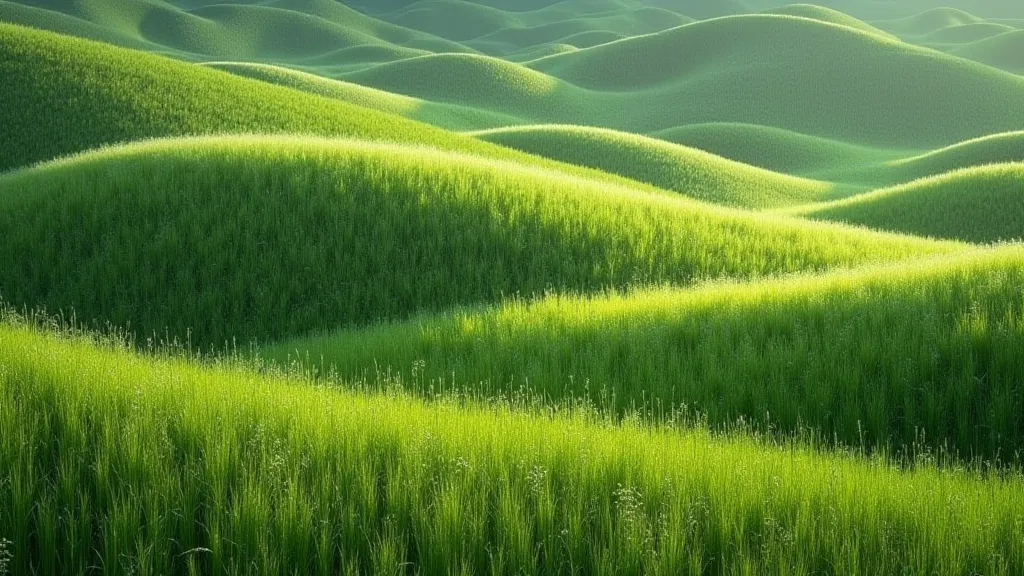
Rock Formations: Building Natural Structures
Rock formations are a critical element for creating a realistic landscape. Simple piles of rocks look artificial. Think about how rocks are formed by erosion and geological processes.
Materials: Plaster cloth is excellent for creating the basic shapes. Foam sheets and cork can also be used for larger formations. For texture, use real rocks, gravel, sand, and even aquarium gravel.
Technique: Drape plaster cloth over a framework (wire or crumpled newspaper) to create the basic rock shape. Once dry, apply a ‘rock-like’ texture using a mixture of PVA glue and fine sand or gravel. Dry brushing with various shades of grey, brown, and even a touch of orange will enhance the appearance of weathered rock.
Trees & Foliage: Bringing Life to Your Layout
Trees are the most obvious focal point of any landscape. Avoid using perfectly uniform, plastic trees. Variety is key.
Materials: Wire armatures are the foundation for most realistic trees. Use flocking and lichen in various shades of green and brown. Clump foliage is particularly effective for creating realistic evergreens. You can also make your own trees using dried moss and carefully applied flocking.
Technique: Create branches using wire. Apply flocking gradually, starting with darker greens near the trunk and transitioning to lighter greens at the tips. Avoid a perfectly symmetrical shape. A few bent or broken branches add realism.
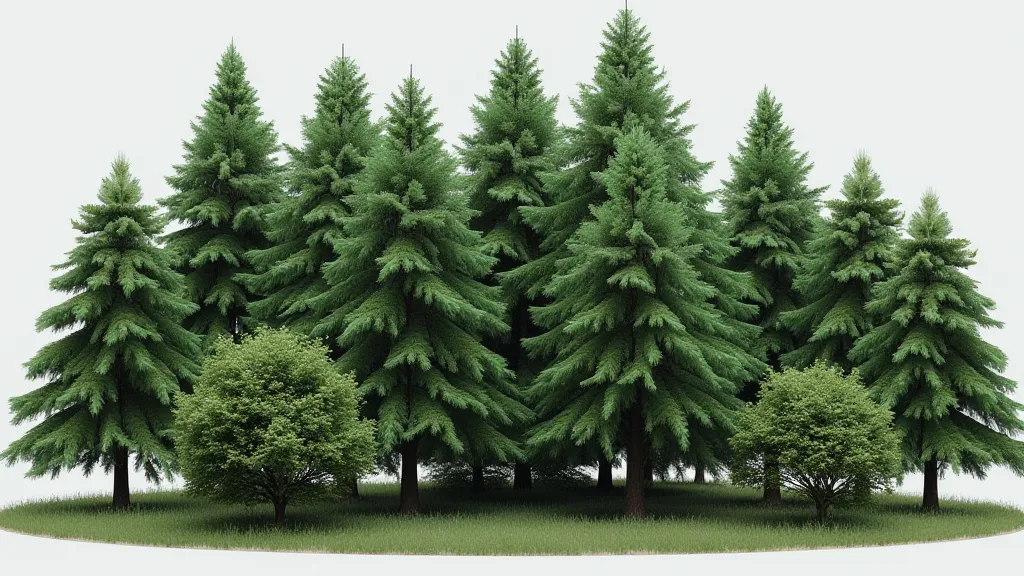
Water Features: Adding Tranquility and Detail
A river, stream, or pond can add a significant amount of visual interest to your model railroad.
Materials: Use epoxy resin or a similar product for a realistic water surface. Add pigments to color the water and simulate depth. Foam or plaster can be used to create banks and shorelines. Small stones and pebbles can be added for detail.
Technique: Create the riverbed using foam or plaster. Mix the epoxy resin with pigments to achieve the desired color. Pour the resin carefully, avoiding bubbles. Add rocks and pebbles around the edges to create a natural-looking shoreline.
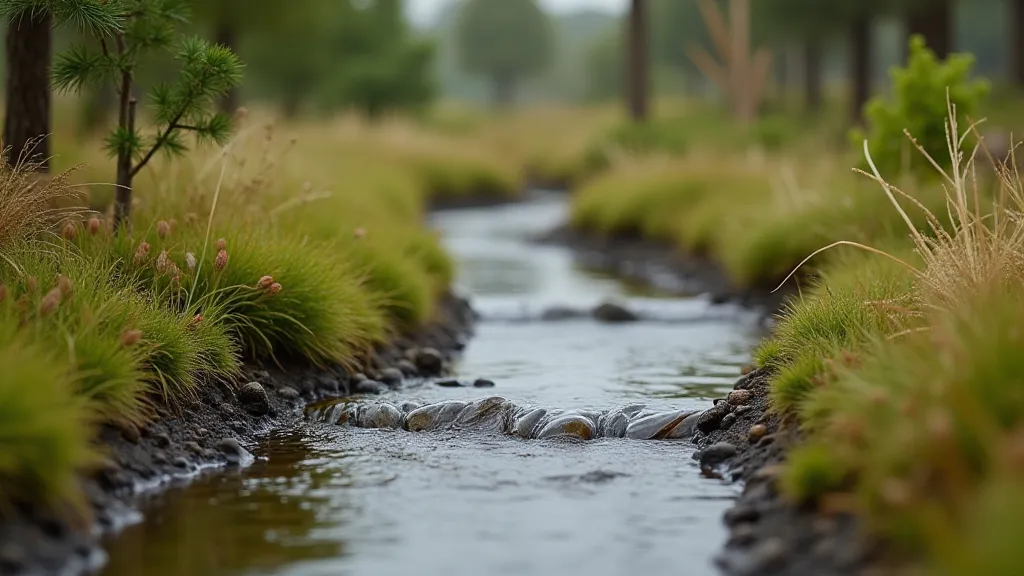
Final Touches and Detailing
The little details make the difference. Add patches of wildflowers, small shrubs, and weathered stones. A bit of static grass flock applied selectively can simulate long grass and weeds. Don’t be afraid to experiment and observe real-world landscapes for inspiration. Consistent observation and attention to these little touches will elevate your miniature railroad from a display to a miniature world.


